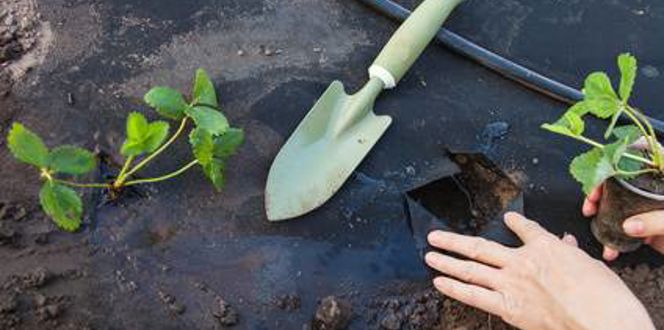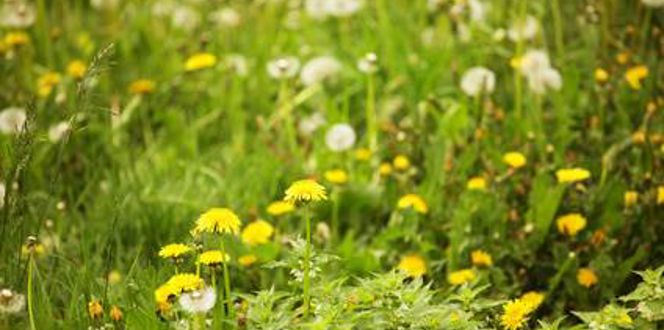There’s a long list of pesky weeds that can pop up in your lawn. Sometimes, it’s hard to distinguish one from another.
Crabgrass is one common weed on the list. While the name might sound familiar, you may have lingering questions, like, what is crabgrass? How can you spot and prevent it? Or, how is crabgrass different from other lawn weeds?
Let’s get your questions answered! Below, read all about identifying and controlling crabgrass.
Why is crabgrass bad?
Crabgrass is terribly invasive. As it spreads, it makes it harder for the healthy grass in your yard to flourish. Plus, your healthy grass is forced to compete with crabgrass for water and nutrients in the soil.
What does crabgrass look like?
There are many different types of crabgrass. The most common one looks like a coarse, light green clump of grass. It earned its name because its sprawling stems resemble the legs of a crab.
Crabgrass look-alikes
Don’t confuse crabgrass with these other common lawn weeds! Here are a few distinguishing factors between common crabgrass and its look-alikes.
- Tall fescue: The main difference between tall fescue and crabgrass is that tall fescue is dark green and grows year-round, while the lighter-green crabgrass stops growing in fall.
- Quackgrass: While crabgrass has low-growing, widespread stems, quackgrass grows straight up.
- Johnsongrass: Johnsongrass is much taller than crabgrass, and its leaf blades are wide with a white line down the middle.
- Nimblewill: Nimblewill has short, narrow leaves that are bluish-green in color. It’s a warm-season grass, so in cooler climates, it looks like brown dead spots in the lawn during winter and early spring.
How to get rid of crabgrass
The most effective way to prevent crabgrass is to apply a pre-emergent treatment in spring before crabgrass sprouts. Read about how to prevent crabgrass with pre-emergent.
A pre-emergent is by far the best way to get rid of crabgrass, but you can also try these tips for crabgrass control in summer.
To deter crabgrass from coming back, follow these key lawn care tips:
- Keep grass about 3 inches tall when you mow. Low-cut or “scalped” lawns invite crabgrass, while a higher cut discourages weed growth.
- Each time you mow, remove no more than 1/3 of the lawn’s height.
- Avoid frequent and shallow watering, and instead, aim to deeply water your grass once or twice a week.
- Fertilize your lawn to keep it healthy down to the roots.
When does crabgrass die?
Crabgrass dies in late fall as the temperature drops. In winter, and throughout early spring, you won’t see crabgrass in your lawn.





